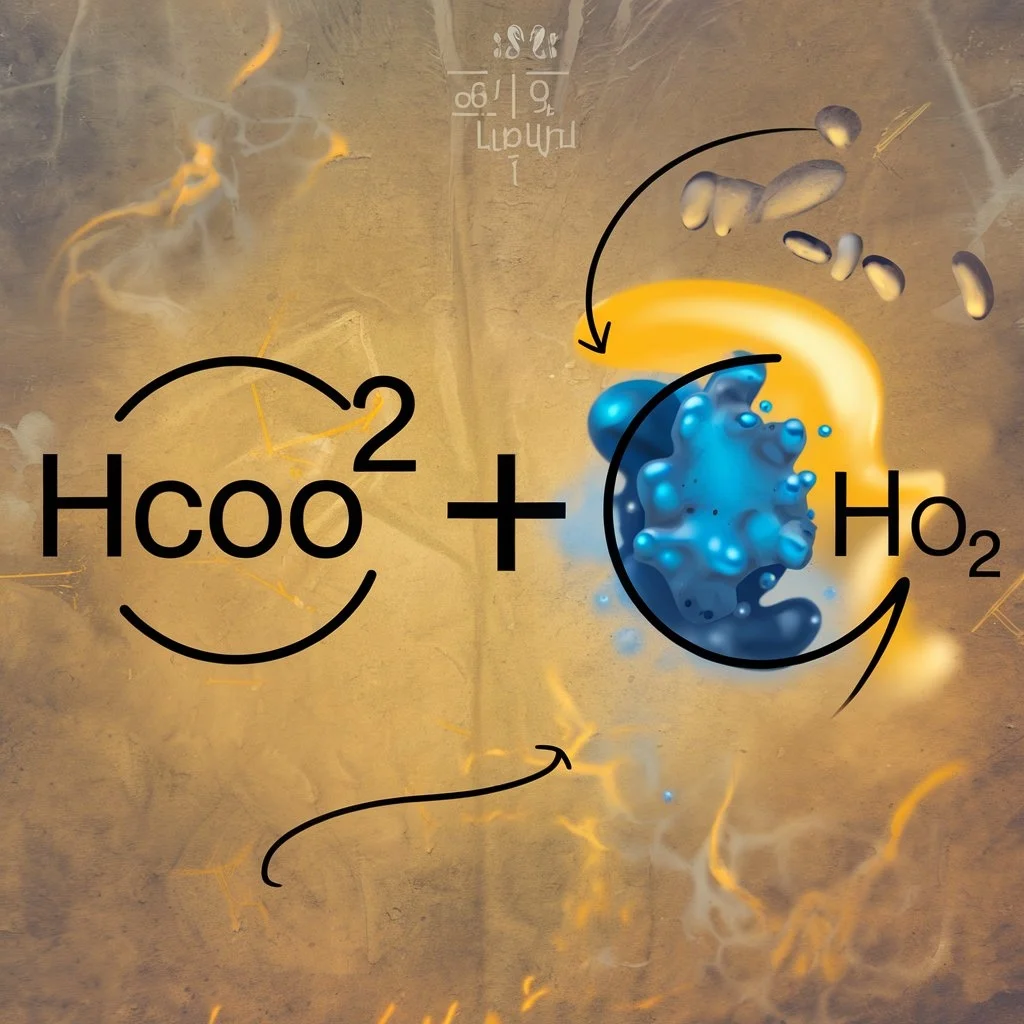Introduction to hcooch ch2 h2o
Chemistry is often viewed as a complex and daunting field, filled with intricate formulas and reactions. However, understanding the building blocks of matter can be both fascinating and rewarding. One such intriguing molecule is hcooch ch2 h2o, a compound that plays various roles in our daily lives. From its chemical structure to its environmental impact, there’s so much to uncover about this unique molecule. Whether you’re a student diving into chemistry or simply curious about the substances around you, exploring HCOOCH2 reveals connections between science and everyday applications that are sure to spark your interest!
What is the Chemical Formula?
The chemical formula for hcooch ch2 h2o is C2H4O2. This structure reveals much about its composition and behavior.
In the formula, each letter represents an atom. The “C” stands for carbon, “H” for hydrogen, and “O” signifies oxygen. There are two carbon atoms in this molecule, four hydrogen atoms, and two oxygen atoms.
Such a combination gives rise to unique properties that make HCOOCH2 both interesting and useful. The arrangement of these elements plays a crucial role in defining how the molecule interacts with others.
Understanding this formula helps scientists predict reactions and determine potential applications. It serves as a foundation for deeper exploration into chemistry’s fascinating world.
Properties of hcooch ch2 h2o
HCOOCH2, also known as formic acid methyl ester, possesses several notable properties that make it a fascinating molecule. Its molecular structure contributes to its chemical behavior and interactions.
This compound has a distinct odor, often described as fruity or slightly sweet. Such characteristics can enhance its appeal in various applications.
The boiling point of HCOOCH2 is relatively low, typically around 32 degrees Celsius. This volatility makes it useful in processes needing rapid evaporation.
Moreover, HCOOCH2 is soluble in water, which allows for easy mixing with other substances. Its affinity for water enhances its versatility in different environments and reactions.
Another interesting property includes its reactivity with nucleophiles due to the presence of the carbonyl group. This feature opens up pathways for further chemical transformations essential in synthetic chemistry.
Uses and Applications in Everyday Life
HCOOCH2, also known as formic acid methyl ester, has several practical applications in our daily lives. It’s commonly found in the production of various chemicals and is used as a solvent in organic synthesis.
In agriculture, HCOOCH2 serves as an effective pesticide. Farmers utilize it to manage pests while maintaining crop health. Its ability to break down quickly makes it a favorable choice for eco-conscious practices.
Household products often harness the properties of this molecule too. It acts as a preservative in food items and helps enhance flavors by acting on certain chemical reactions.
Additionally, HCOOCH2 finds its way into cosmetics and skin care formulations. Its role here is primarily centered around hydration and maintaining skin elasticity, making it beneficial for beauty enthusiasts looking for natural ingredients.
The Role of HCOOCH2 in the Environment
HCOOCH2 plays a significant role in various environmental processes. This molecule, often associated with esterification reactions, contributes to the generation of biodegradable materials. Its presence is crucial for developing eco-friendly products.
In natural ecosystems, HCOOCH2 can be found in plant and animal waste. Microorganisms break it down during decomposition, returning valuable nutrients to the soil. This process enhances soil health and promotes biodiversity.
Moreover, HCOOCH2 serves as an intermediate in several biochemical cycles. These cycles are essential for maintaining equilibrium within different habitats. The molecule helps regulate organic matter recycling, which supports life on Earth.
Understanding how HCOOCH2 interacts with other compounds sheds light on pollution management strategies too. It aids researchers in designing methods to mitigate harmful effects while promoting sustainability across industries involved with chemical production and waste management.
How is HCOOCH2 Created?
HCOOCH2, also known as methyl formate, is synthesized through a few chemical reactions. The most common method involves the esterification of formic acid with methanol. This reaction occurs in the presence of an acid catalyst.
When these two reactants combine, they release water and create HCOOCH2. It’s a straightforward process that highlights the beauty of organic chemistry.
Another way to produce this compound is through carbonylation processes. Here, carbon monoxide reacts with alcohols under specific conditions to yield esters like methyl formate.
In industrial settings, various methods can be scaled up for mass production. Catalysts play a crucial role in ensuring efficiency and selectivity during synthesis.
These production techniques are vital for understanding how HCOOCH2 fits into broader chemical applications and its significance in various industries.
Conclusion: The Importance of Understanding Molecules in Chemistry
Understanding HCOOCH2 is essential for grasping the complexities of chemistry. This molecule plays a vital role in various chemical processes and applications. Its unique structure offers insights into molecular interactions, making it a fascinating subject for students and professionals alike.
By studying HCOOCH2, we can appreciate how small changes at the molecular level affect larger systems. The implications stretch from environmental science to industrial applications. Knowledge of such molecules fosters innovation in multiple fields.
As we continue exploring these compounds, our understanding deepens not only of HCOOCH2 but also of the broader concepts that govern chemical reactions and their impact on our world. Embracing this knowledge equips us with the tools to tackle future challenges in chemistry and beyond


1 Comment
Pingback: The Rise of Meth Streams: Understanding the Online Drug Trade - rushsplash.com